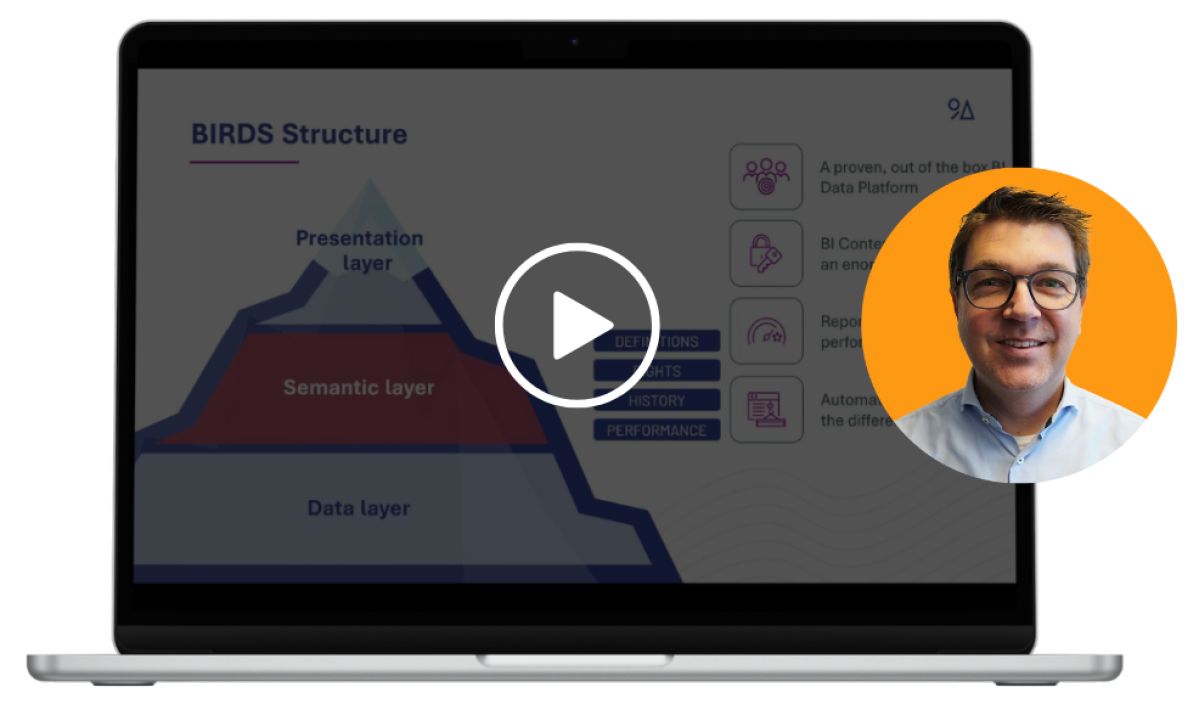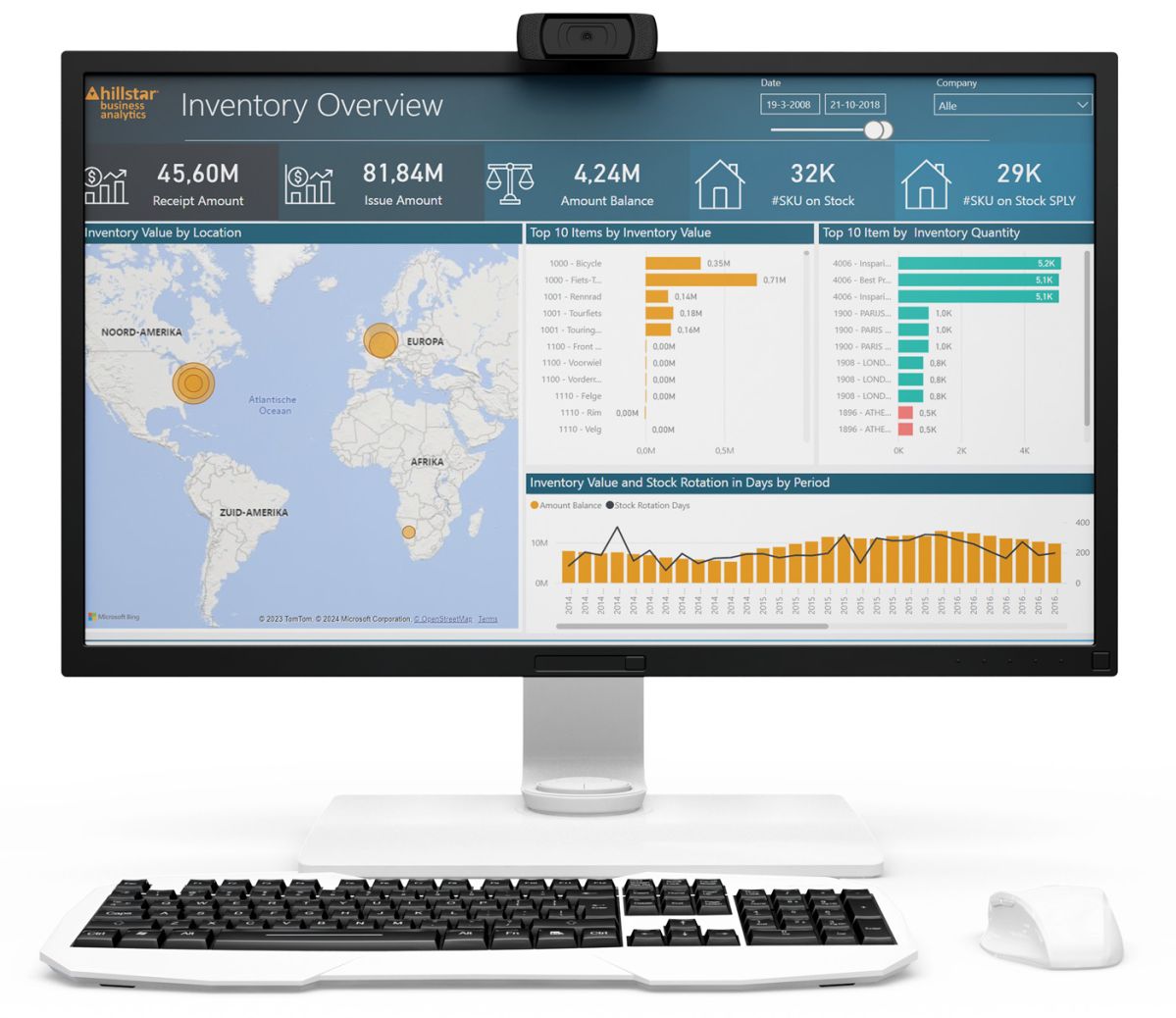To gain control of your business, data and insights are indispensable.
Steering based on important KPIs is essential to optimize your supply chain and inventory management, enhance profit margins, and minimize losses.
With our experience in the Fashion & Retail industry, we have identified five KPIs that are essential for achieving these goals.
1. Inventory Turnover Rate
The Inventory Turnover Rate KPI measures the frequency at which an organization turns over its inventory within a specified period.
This KPI is calculated by dividing the average inventory by the cost of goods sold. A higher turnover rate indicates efficient inventory management, with products being sold and replenished quickly.
This can lead to lower storage costs, improved cash flow, and higher profitability.
A low turnover rate may indicate excess inventory or slow sales, enabling you to identify opportunities for optimization and improve your business processes.
2. Inventory Age
This KPI measures the average age of inventory in days, providing insights into the speed at which products are sold.
It is calculated by dividing the total days of inventory by the number of products.
A lower inventory age indicates faster turnover, which suggests efficient inventory management and fresh, up-to-date stock.
A higher inventory age suggests slow turnover or possibly obsolete stock, enabling your organization to proactively address aging, optimize inventory strategies, and thus reduce financial risks.
3. Economic Order Quantity
Economic Order Quantity (EOQ) is an optimization metric that determines the ideal order volume of products to minimize the total costs of inventory management.
EOQ considers product demand, ordering costs, and holding costs.
By finding the optimal balance between placing orders and storing inventory, the EOQ KPI helps you implement more efficient ordering practices, reduce costs, and optimize inventory levels to avoid both shortages and excessive storage costs.
The goal is to minimize total costs and enhance operational efficiency.
On-demand BIRDS demo video
Interested in seeing how BIRDS generates data insights?
Check out our on-demand demo video of BIRDS, specifically aimed at the Fashion & Retail industry.
Within a Power BI environment, we will show you how BIRDS operates and explain the specific reporting capabilities available for Fashion & Retail organizations.

4. Delivery Reliability and OTIF
Delivery Reliability and On-Time In-Full (OTIF) are critical KPIs in supply chain management.
Delivery Reliability measures the accuracy of deliveries against promises. High delivery reliability indicates effective logistics and customer satisfaction.
OTIF extends this by measuring whether deliveries are not only timely but also complete.
High OTIF performance ensures that products arrive on time and in the correct quantity, improving overall supply chain efficiency.
Together, these KPIs provide a comprehensive view of delivery performance, enabling your organization to identify operational shortcomings and strengthen customer relationships.
5. Price Analyses
This set encompasses various KPIs that evaluate the pricing of products or services.
- The Average Selling Price KPI measures the average price at which products are sold.
- Price Elasticity provides insights into how the demand for a product changes in response to price changes.
- The Discount Level KPI analyzes the frequency and magnitude of applied discounts.
By monitoring these price-related KPIs, you can develop strategies for optimal pricing, maintain a competitive edge, and pursue profit maximization.

Use these KPIs to quickly fine-tune your operations
In the seasonal Fashion & Retail business, rapid adjustment based on data is essential.
We recommend that you implement and utilize these KPIs for effective management within your organization.
We understand that this is only feasible if you have access to all crucial data from various systems in your reports.
Therefore, prioritize the collection of this data and ensure that the reports are used organization-wide as a basis for informed decision-making.